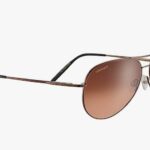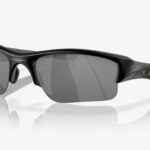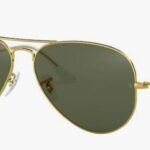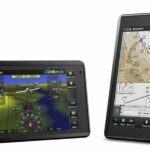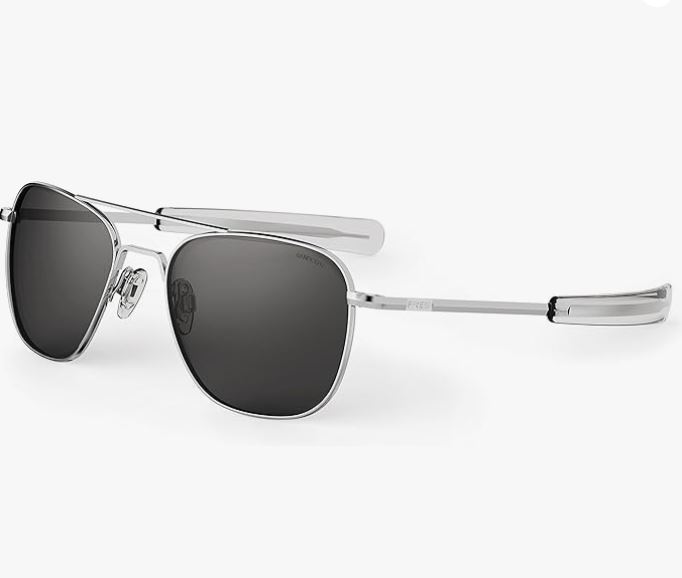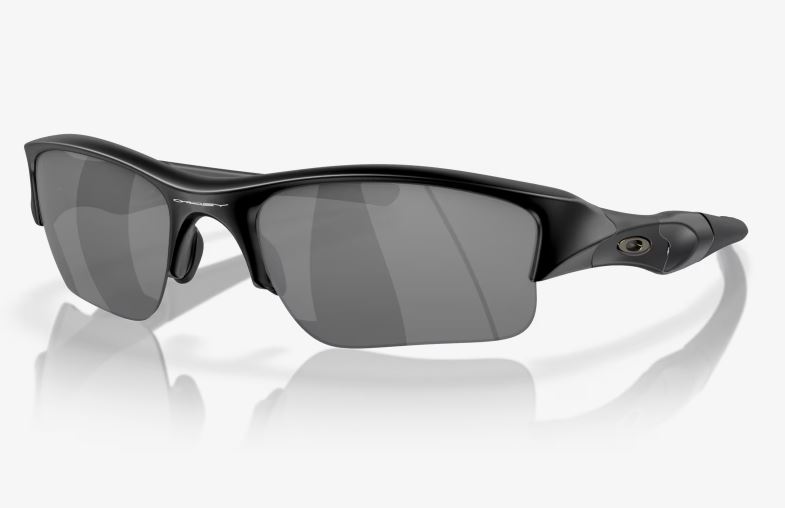Sunglasses are a ubiquitous accessory, providing protection against the harsh glare of the sun and enhancing visual comfort in various settings. However, when it comes to flying, pilots need to exercise caution in their choice of eyewear. While polarized sunglasses are popular for reducing glare in many environments, their use in the cockpit poses unique challenges and potential risks. In this article, we explore the reasons why pilots should refrain from using polarized sunglasses while flying.
Understanding Polarized Sunglasses
Polarized sunglasses are equipped with special lenses that are designed to reduce glare from surfaces like water, snow, and roads. These lenses contain a special filter that blocks horizontally polarized light, which is often responsible for intense glare. While this feature proves beneficial in certain situations, it can have adverse effects when applied to the specific conditions encountered during aviation.
- Impact on Instrument Readability
One of the primary concerns with polarized sunglasses in the cockpit is their impact on instrument readability. Modern aircraft are equipped with various electronic displays and instruments that are designed to provide pilots with crucial information about the aircraft’s performance, navigation, and systems. The screens of these instruments are often polarized themselves, and the use of polarized sunglasses can lead to distortion, reduced visibility, and even complete illegibility of these displays.
Polarized lenses can create a phenomenon known as the “cross-hatch” effect or “rainbow effect” on LCD screens. This interference can make it challenging for pilots to read critical information quickly and accurately, increasing the risk of misinterpretation and errors during flight.
- Reduced Visibility of Glare Signals
Contrary to popular belief, glare can sometimes serve as a useful signal for pilots. Glare can indicate the presence of other aircraft, reflective surfaces, or potential hazards. Polarized sunglasses, designed to eliminate glare, may inadvertently reduce the visibility of these important signals, compromising the pilot’s ability to detect and respond to potential dangers in the surrounding airspace.
In situations where the sun is low on the horizon or reflecting off water, a non-polarized lens might allow the pilot to see reflections that could be obscured by polarized lenses. This unimpeded view is crucial for maintaining situational awareness and ensuring the safety of the flight.
- Challenges with Windshield Coatings
Aircraft windshields are often treated with anti-glare coatings and other specialized materials to enhance visibility and protect against the sun’s harmful rays. The use of polarized sunglasses can interfere with these coatings, leading to visual distortions and decreased clarity.
Furthermore, some aircraft windshields are equipped with a special anti-icing technology that relies on the reflection of polarized light. Wearing polarized sunglasses may compromise the effectiveness of this anti-icing feature, posing an additional risk during flights in icy or cold conditions.
- Limited Adaptability to Changing Light Conditions
Polarized sunglasses are most effective in blocking horizontal glare, which is prevalent in certain outdoor environments. However, the lighting conditions in the cockpit can change rapidly, especially during takeoff, landing, and transitions between day and night. Unlike non-polarized sunglasses, which provide consistent visibility across various lighting conditions, polarized lenses may not adapt as effectively, leading to compromised vision during critical phases of flight.
Conclusion
While polarized sunglasses offer undeniable benefits in many outdoor activities, their use in the aviation environment is not without risks. Pilots must prioritize safety and choose eyewear that complements the unique challenges of flying. Non-polarized sunglasses provide a more reliable and adaptable solution, ensuring optimal visibility of instruments, maintaining situational awareness, and avoiding potential complications associated with glare signals and windshield coatings.
As aviation technology continues to advance, it is essential for pilots to stay informed about the best practices for cockpit eyewear. By understanding the limitations of polarized sunglasses in the aviation context, pilots can make informed decisions that contribute to the safety and efficiency of their flights. Ultimately, the choice of sunglasses is not just a matter of personal preference; it is a critical aspect of responsible airmanship.

